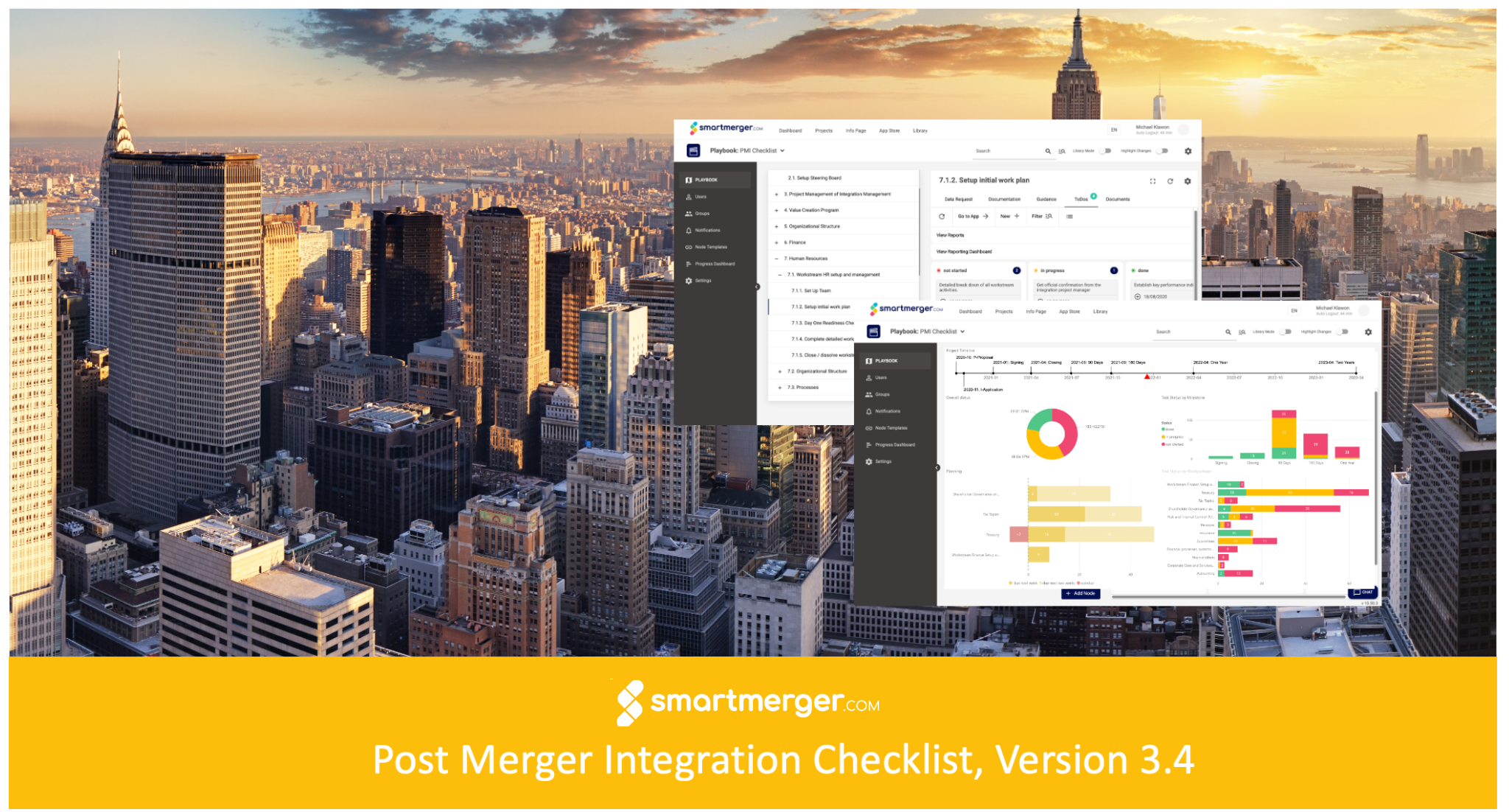According to Mercer research, 49% of buyers say that sellers do not agree to provide them with post-closing services. This means that sellers often view TSAs as a burden. Why is this the case? TSAs tend to be more beneficial to the buy-side because they can strengthen their position. This is less often the case for the sell side. As a result, challenges and issues can arise at any time during the transition process. Here are the key success factors to mitigate these issues:
- Clear scope of services
Ensure a comprehensive definition of services by breaking them down into smaller packages or activities to create an accurate and complete understanding of the services included in the TSA. This is critical to scoping TSA costs.
- Timing and Transition Exit
A TSA is time-bound and requires a defined plan for the organization to exit the existing services and transition to another model. The timing of the transition has a significant impact on costs and the business case. An exit strategy should be prepared in a timely manner, especially for staff training, system/tool adaptation, or handover to an outsourcing provider.
- Transparent and clear pricing mechanisms
Services have a price, and those prices need to be transparent and clear to all parties involved. We recommend that as much detail as possible be reapplied to avoid conflict between parties during the transition process. Services can be priced differently according to different pricing mechanisms, each of which has advantages and disadvantages. Key Pricing Considerations:
- Market prices: One way to set prices for TSAs is to consider and ultimately apply market prices. Example: You want to provide IT services to the company as part of a divestiture. To determine a reasonable price, you can research reasonable market prices for outsourcing providers of IT services and apply them to your TSA.
- Cost-plus pricing: Cost-plus pricing includes the actual cost of services incurred by the seller plus a percentage markup based on your contract terms, assumptions, and future plans.
- Cost escalation: Cost escalation involves increasing the price of services provided over the life of the TSA. A cost escalation may be used to limit the duration of the TSA to a specific time period, as prices increase over time and the TSA becomes less attractive to the buy-side.
- Non-performance resolution mechanism in place:
Implementing a comprehensive dispute resolution system is critical. Consideration may be given to incorporating explicit liquidated damages and recovery mechanisms against an escrow, as standard indemnities may not provide adequate motivation.
- Have and maintain a business case:
Since the provision of services is billed according to the agreement, the cost of TSAs will also affect the overall business case and ROI of the transaction. Ensure that the cost of providing TSAs for an extended period is within your planned business case.









